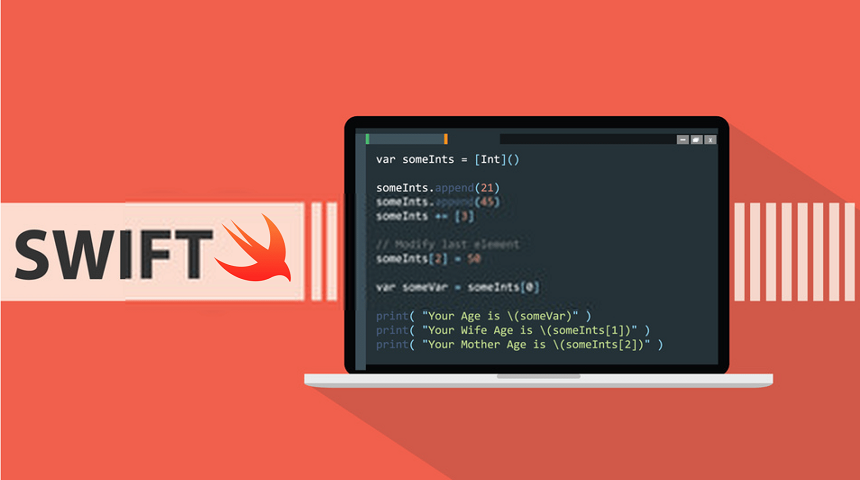
Free eBooks for Beginners
Memory management is an important aspect to consider when programming in Swift. It involves allocating and freeing up memory space to store data and resources. This article aims to provide a comprehensive guide to memory management in Swift for beginners.
First, it is important to understand how memory management works in Swift. Swift uses Automatic Reference Counting (ARC) to manage memory. This means that Swift automatically tracks how many references are made to an object and frees up memory when it is no longer needed.
To understand ARC better, consider the example of a simple class. When you create an instance of a class, it takes up memory space. The instance is stored in memory until there are no more references to it. Once there are no references, the memory is automatically freed up by ARC.
This process is usually simple and straightforward, but there are times when it can become a little complicated. For example, if you have a strong reference cycle, where two objects hold references to each other, ARC won’t be able to free up the memory. In such cases, you need to use weak references to break the cycle.
It is important to note that memory management in Swift is a bit different from other programming languages. Swift also provides other tools and techniques to help you manage memory, such as lazy variables, weak references, and unowned references.
In addition to ARC, Swift also provides other ways to manage memory, such as manual memory management and ARC with weak and unowned references. Manual memory management is a way to manage memory manually by allocating and freeing memory. On the other hand, weak and unowned references are used to break strong reference cycles.
To ensure that your Swift application runs smoothly, it is important to understand how memory management works and the different tools and techniques available in Swift. In addition to following best practices for memory management, you can use profiling tools to monitor the memory usage of your application and detect potential issues early on.
In conclusion, memory management is an important aspect to consider when programming in Swift. Understanding how Automatic Reference Counting works and using the available tools and techniques can help you create efficient and reliable applications. Whether you are a beginner or an experienced developer, incorporating memory management into your workflow will go a long way in ensuring the success of your Swift projects.
Cookbook – SWIFT for Beginners – Chapter 59: Memory Management
 Loading...
Loading...
Disclaimer: The information and code presented within this recipe/tutorial is only for educational and coaching purposes for beginners and developers. Anyone can practice and apply the recipe/tutorial presented here, but the reader is taking full responsibility for his/her actions. The author (content curator) of this recipe (code / program) has made every effort to ensure the accuracy of the information was correct at time of publication. The author (content curator) does not assume and hereby disclaims any liability to any party for any loss, damage, or disruption caused by errors or omissions, whether such errors or omissions result from accident, negligence, or any other cause. The information presented here could also be found in public knowledge domains.